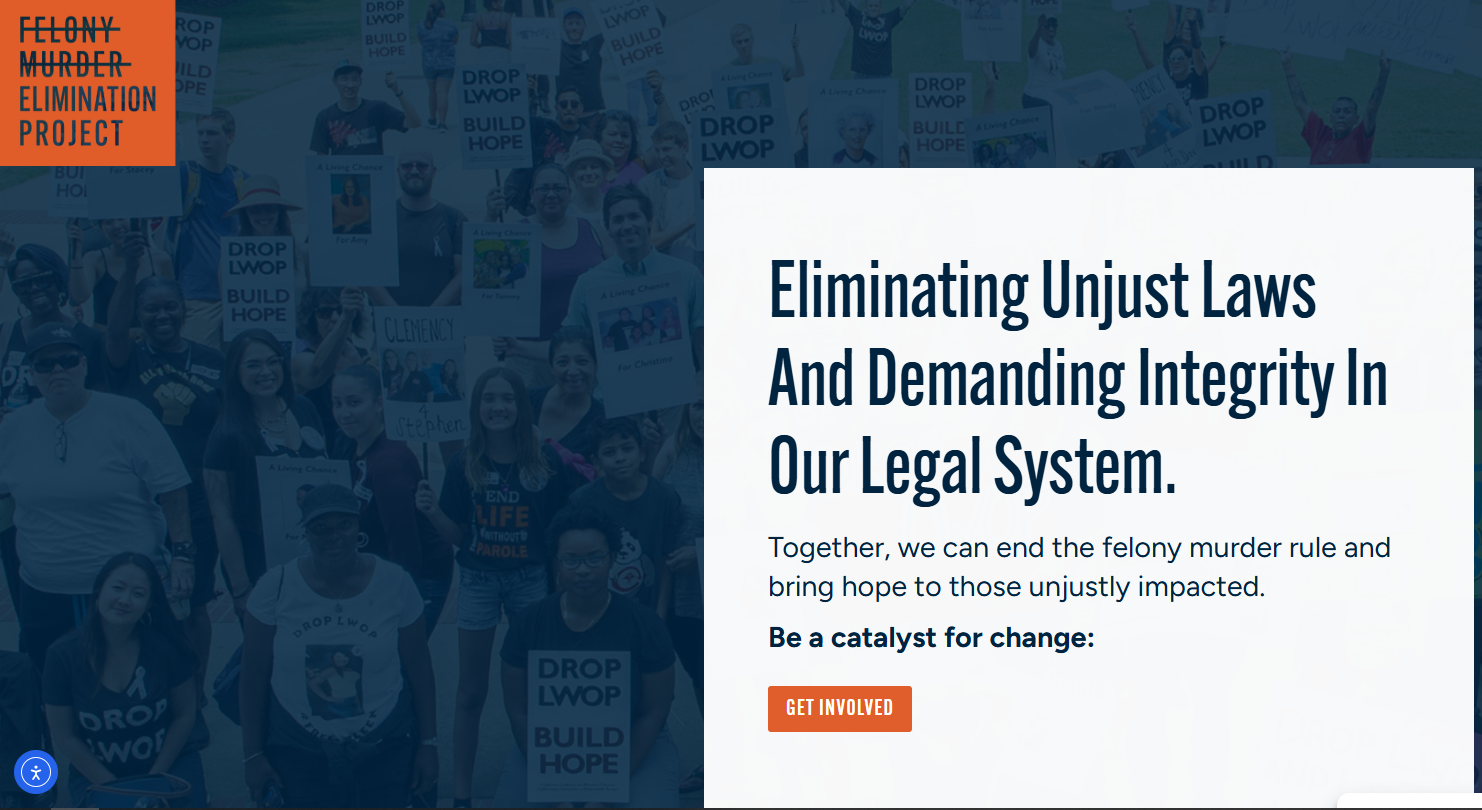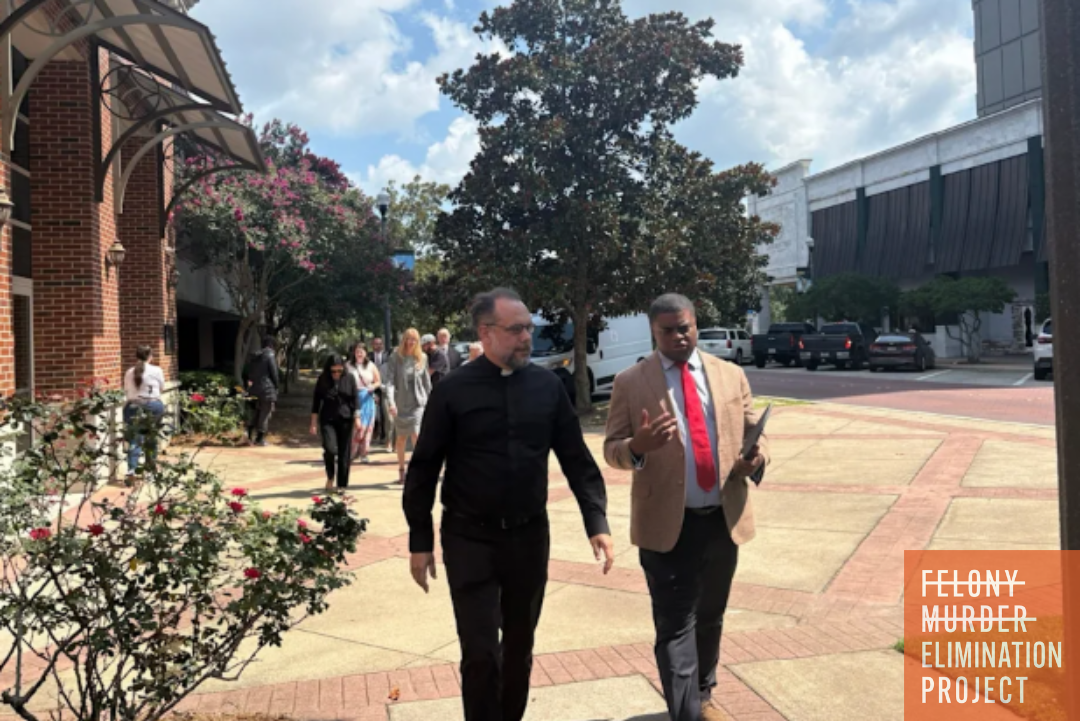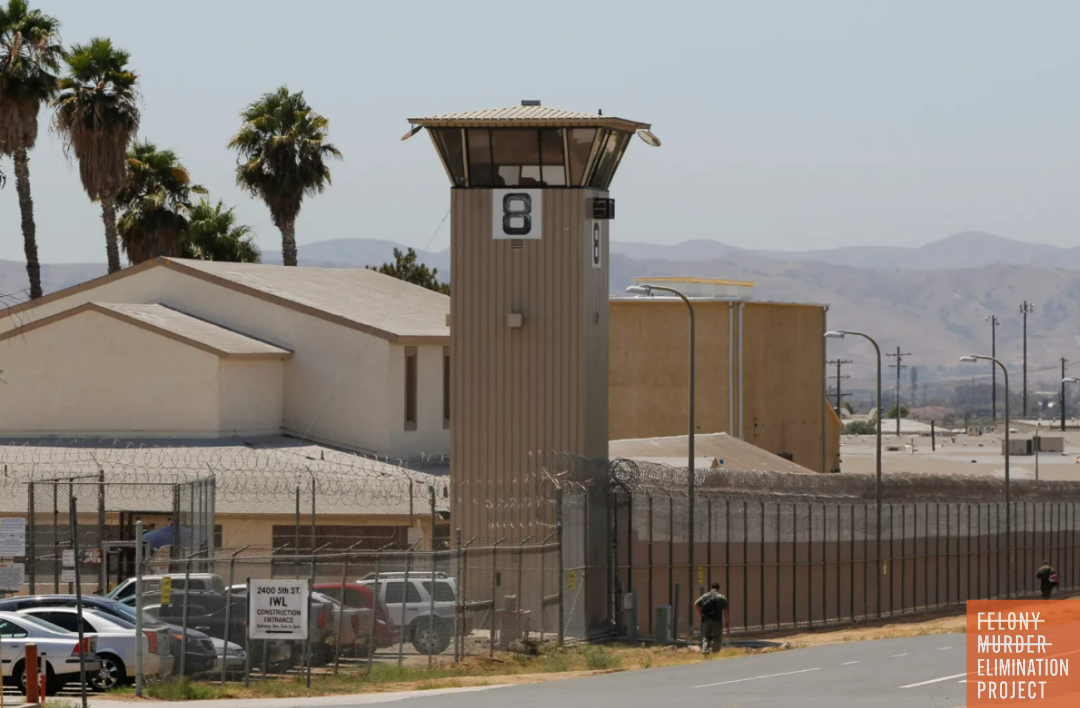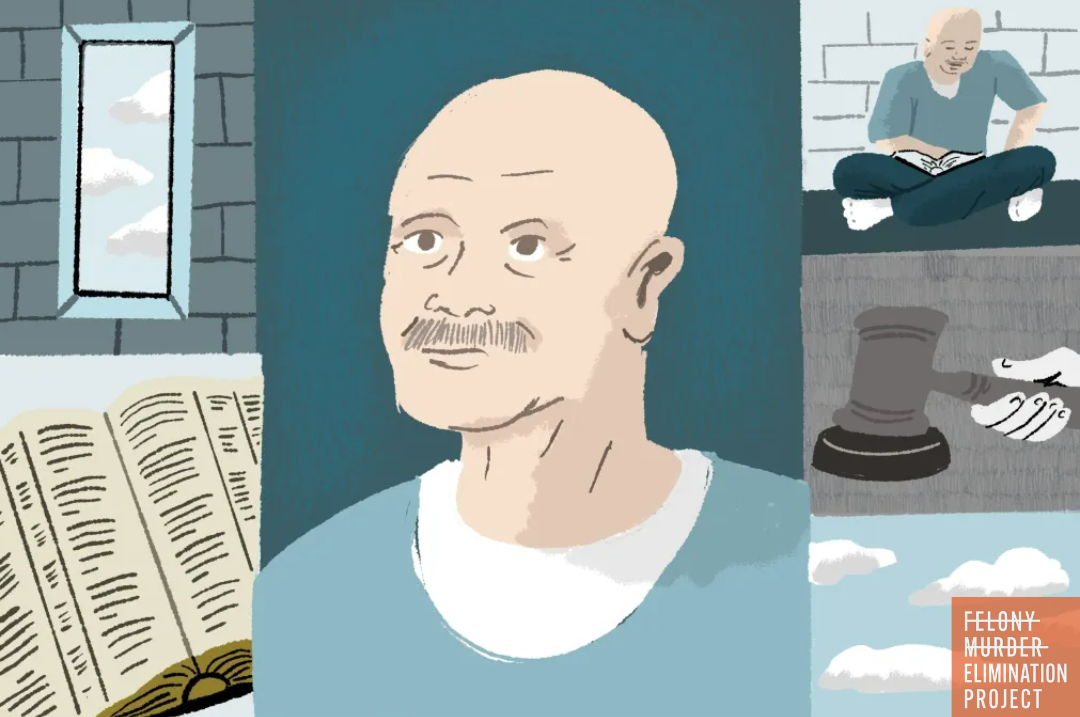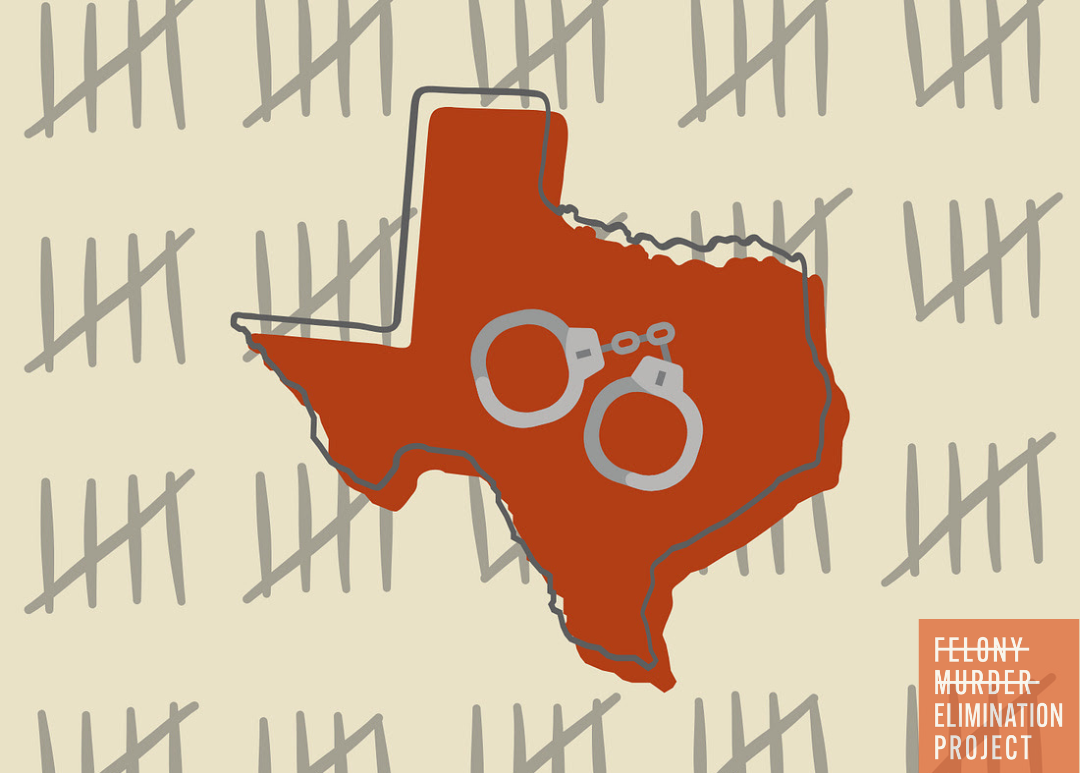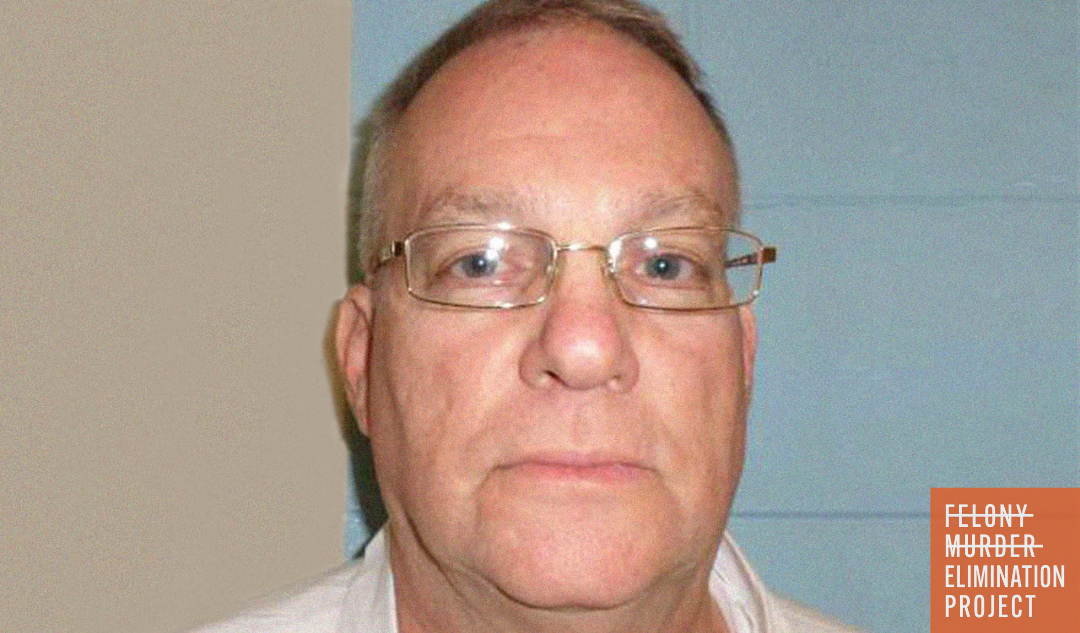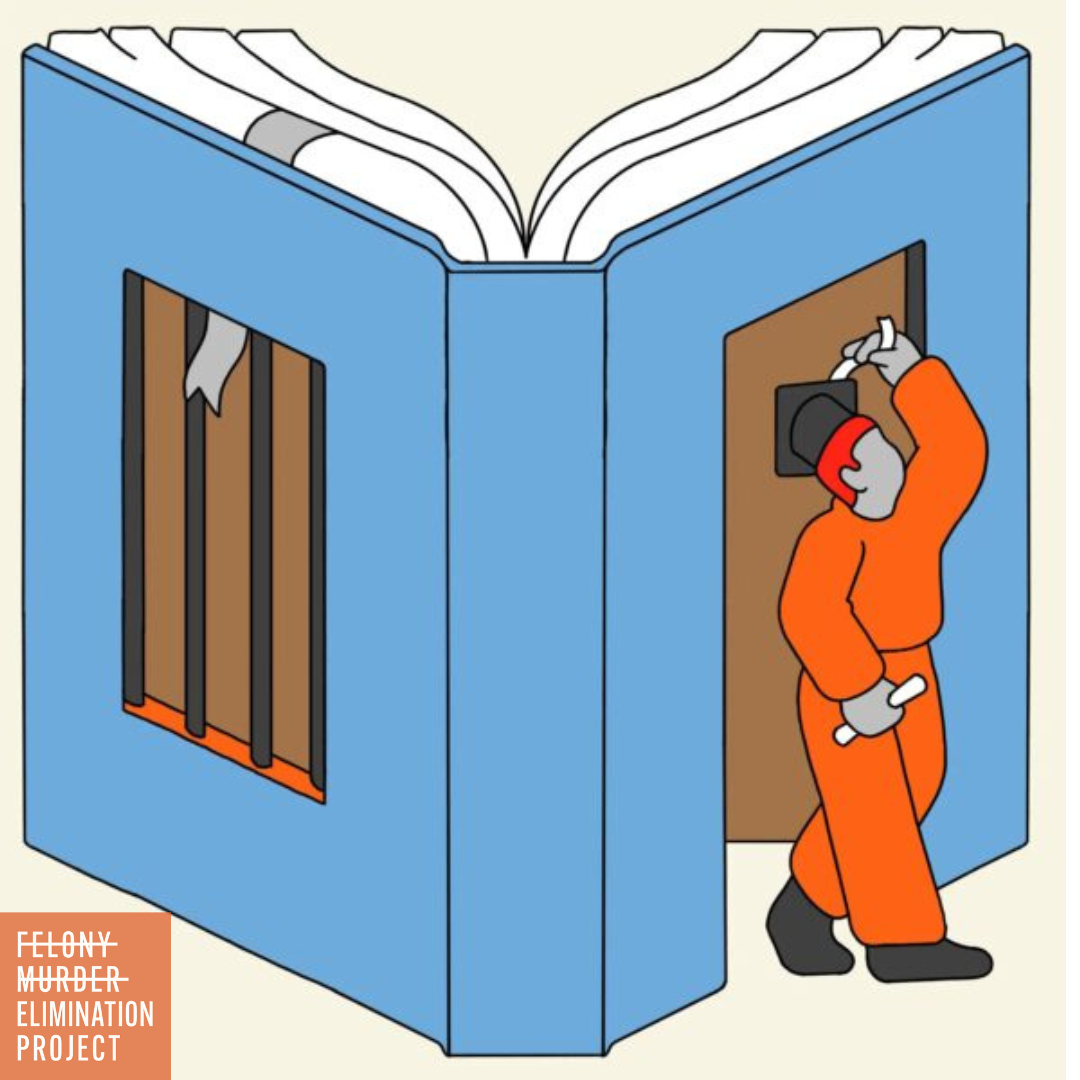ABA Provides 10 Principles to Reduce Mass Incarceration
People age out of crime, and prison sentences should reflect that

Our legal system loves long prison sentences. From 2000 to 2019, the number of people serving sentences of 10 years or longer exploded from 587,000 to 773,000, according to The Sentencing Project. Those 773,000 people account for more than half of the U.S. prison population. Extreme sentences have become so commonplace in the U.S. that 10 years can seem like a relatively minor punishment. But 10 years is an enormously long period of time, and one in which people can experience profound growth, especially in their younger years.
At their Annual Meeting last Monday, the American Bar Association recommended that incarcerated people should have the opportunity to have their sentence re-evaluated after 10 years, as one part of Resolution 604, their 10 principles designed to reduce mass incarceration in the United States prison system.
From a scientific perspective, this model makes a lot of sense. Everyone may know that young people are more likely to commit crimes than older people, but it’s important to know why. It’s largely because the prefrontal cortex - the part of the brain responsible for reasoning, problem-solving, and impulse control - does not fully develop until a person's mid-20s. So young people often exhibit immaturity, irresponsibility, recklessness, and susceptibility to negative influences and outside pressure, and the Supreme Court has recognized this in cases involving extreme sentencing of youth. In 2010 in Graham v. Florida, the Court wrote that because young people “have lessened culpability they are less deserving of the most serious forms of punishment.”
Think about it as it applies to your own life; many people in their 30s would never dream of repeating the choices they made a decade earlier.
Revisiting sentences is not just about showing mercy; the entire community stands to benefit from the abundance of talent wasted behind bars. Many incarcerated people take classes, learn new skills, and earn degrees while in prison. Returning citizens often serve as credible messengers to guide at-risk youth, work as violence interrupters, and help promote public safety. They’re hard-working, tax-paying community members. They also heal communities. Many incarcerated people have been separated from their children and aging parents for years or decades. Second looks can return fathers and mothers to support their sons and daughters, and sons and daughters to act as caregivers to aging parents.
We’ve changed an enormous amount as a society over the past decade, yet our legal system assumes that people can’t do the same. That needs to change. Let’s build on the momentum and ensure all incarcerated people get a second look after 10 years.
You can download the American Bar Association's Resolution 604, "ABA Ten Principles to Reduce Mass Incarceration" in PDF Form.

